Corn Weeds
All Corn Weeds Content

Crop Hour
SDSU Extension Crop Hour webinars provide valuable information for South Dakota crop producers to help them improve their profitability and prepare for the upcoming season.
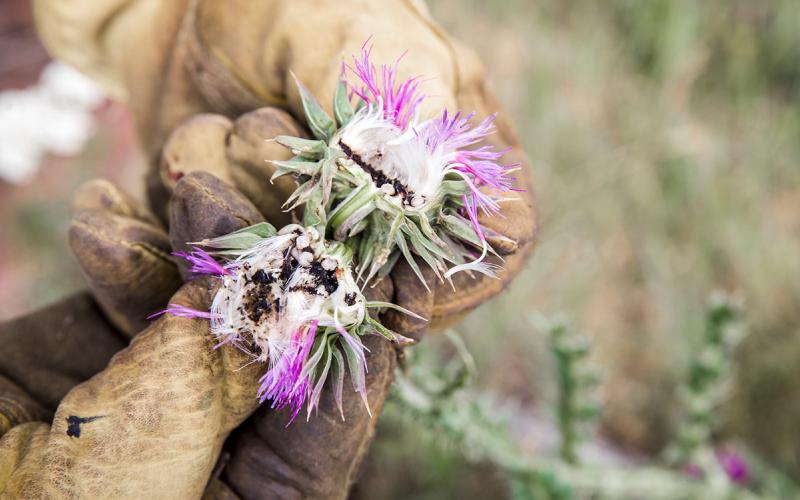
Now is the Time to Plan for Noxious Weed Control in 2026
Most of South Dakota experienced first frosts that were delayed by at least one month, allowing for noxious weed growth to continue later in the season. Now is the time to plan for noxious weed management tactics.
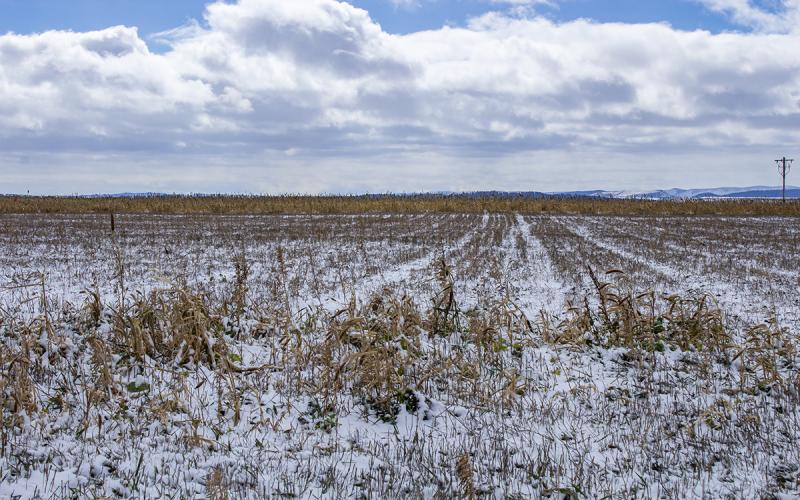
Now is the Time to Prepare Your Weed Management Plan for the 2026 Growing Season
As harvest season comes to an end, now is the time to start formulating your weed management plan for next year. Learn some expert tips for getting your operation off to a good start this coming growing season.
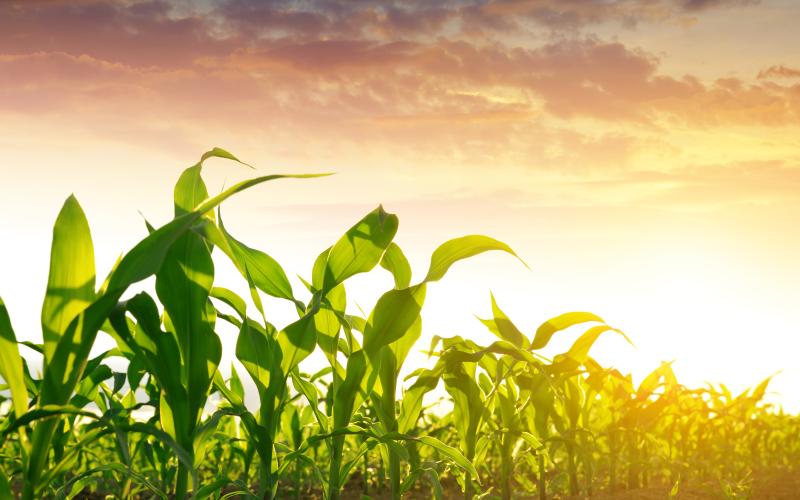
Corn
Nearly one out of every three dollars generated by South Dakota agriculture starts in a corn field. Two of every three rows of corn become ethanol.
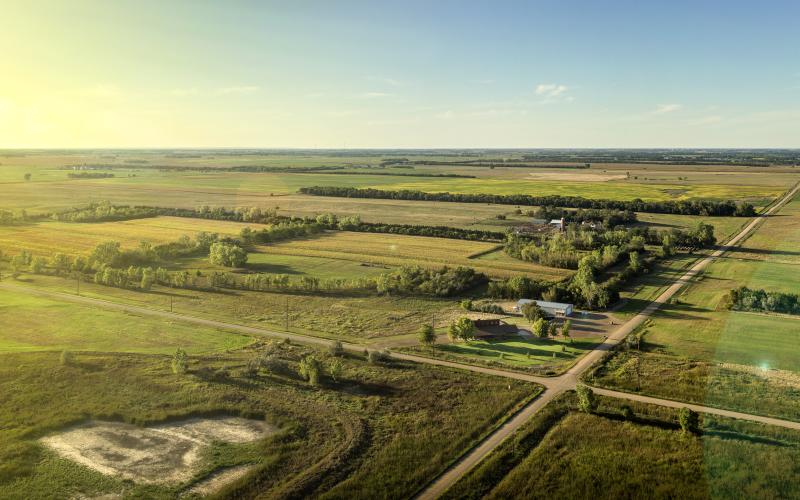
Crops
During the growing season, SDSU Extension provides weekly production recommendations.

Weed Management via Harvesting Order
Despite The warm and wet growing season that promoted continuous flushes of weed germination, weeds are usually present at the time of harvest. Careful consideration should be taken to determine the order of fields to be harvested.
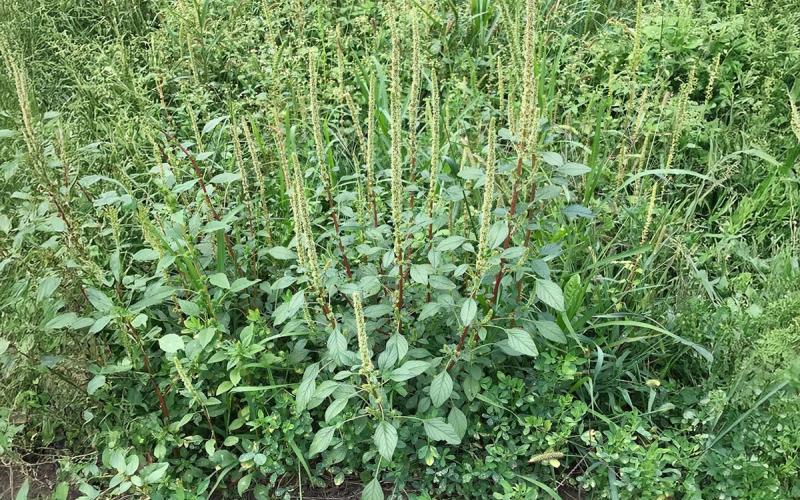
Palmer Amaranth Confirmed in Turner County: Is this weed in your fields?
Palmer amaranth has recently been confirmed in Turner County. Currently, the estimation of Palmer amaranth infestations has been confirmed in 18 counties across South Dakota
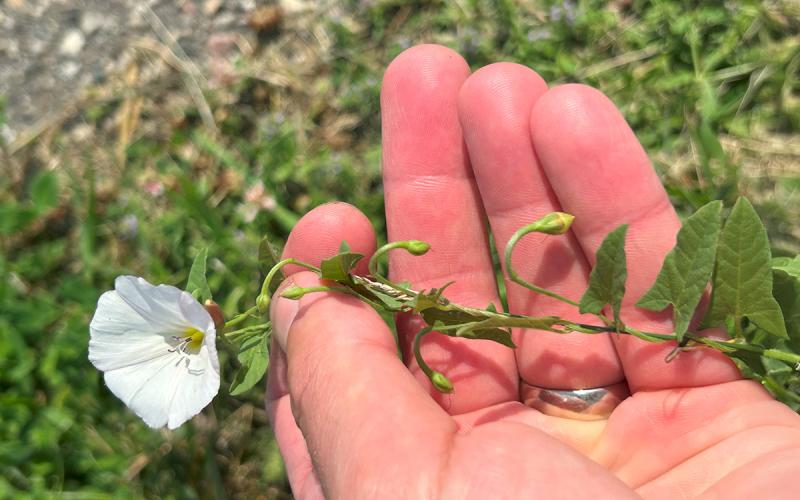
In a Bind With Field Bindweed?
It’s August and field bindweed, one of our most-persistent perennial weeds, is flowering. Although field bindweed is not statewide noxious, it’s locally noxious in Bennett, Bon Homme, Clarke, Lake, Stanley, and Yankton counties.
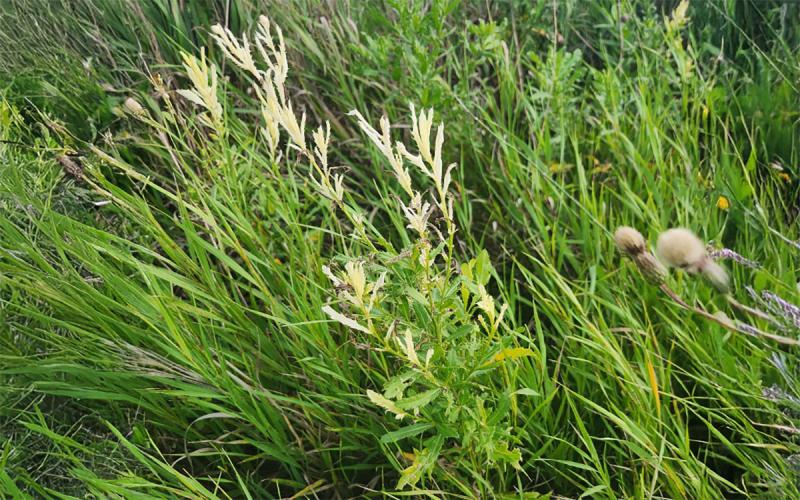
White Thistle Disease: Biological management at work
White thistle disease can be seen among many Canada thistle plants throughout South Dakota this growing season. Plants infected with the disease exhibit significant reductions in both growth and seed head compared with non-infected plants.
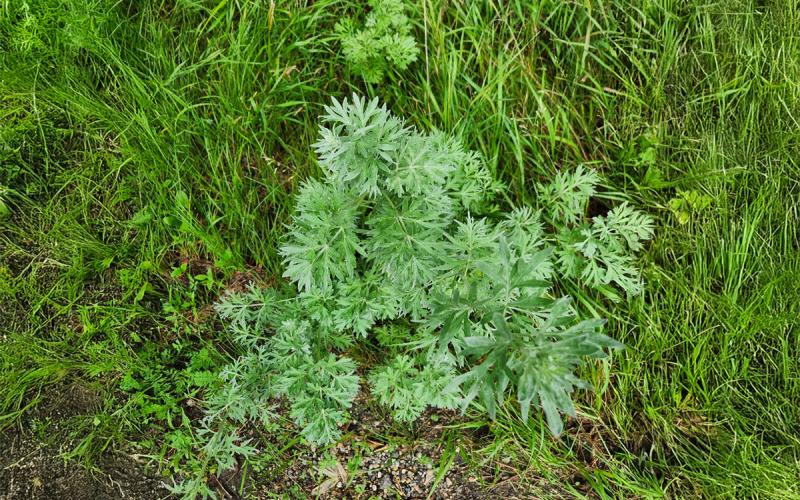
Absinth Wormwood Spray Window Passed: Mow now and plan to treat the regrowth in the fall
Absinth wormwood is a statewide noxious weed that inhabits cropland, pasture, rangeland, right-of-ways, and waste sites. If not effectively managed, the species can displace desirable vegetation, reduce crop yield and decrease land value.